When we got to the bus station at Bucaramanga we asked the most likely bus company about the time and fare to Tunja. After checking with other companies we returned to buy the tickets and found the price had halved. The journey itself was remarkable because the bus left when it was scheduled so to do, it took the correct length of time and the driver remembered to remind us to get off (in fact we were the only passengers to disembark here).
Understandably, few tourists visit this city for most of it is simply urban sprawl. However, in the centre there is (you guessed it!) a lovely set of preserved colonial buildings.
A couple of very old houses here are open for visits although you are required to have guided tours. This gives guides opportunities to speak incredible fast and at length about everything they know. On the whole, pleas for them to slow down have little sustained impact, requiring us to use all our mental powers to even vaguely follow what is being said. In a subtle twist from the norm, one guide here when asked to slow down decided to speak just as fast but more quietly. However, the houses themselves were rather good.
La Casa del Fundador Suárez Rendón was built around 1570 and was the first substantial house in town. It lies next to the cathederal right on the main square, which was originally called after the said Suárez Rendón. Very substantially built, spacious and luxurious for its time, it still has that "I could live here" feeling.
Particularly interesting are some of the ceilings, which have been painted with figures, animals, plants and heraldic designs. The state of preservation is very good because false ceilings had been constructed hiding the paintings and knowledge of them was lost for hundreds of years.
For some reason, possibly associated with the desire to be tipped heavily, our guide took every possible opportunity to seize our camera and take photographs of us in and outside the house. We have not included them all here. From the balcony of the house, there are views across the Plaza to the hills. Our guide told us fabulous tales of Simon Bolivar, the Liberator, watching from here, seeing the enemies approach and heading out to fight them off.
There also seemed to be a tale of him leaving his clothes somewhere and having send his men back to fetch them when the enemy was sighted. We didn't quite understand all the story, but maybe it ties in with the fact that another town in Colombia claims to have the only statue of a naked Bolivar on horseback....
Just round the corner is another house just a few years younger, La Casa de Don Juan de Vargas. Rather surprisingly, this has some equally vivid ceiling paintings of similar style, which had also been hidden away for years.
There are even some curious similarities such as both houses having big paintings of rhinos (not in itself a local animal). It’s clear that at one stage there had been a bit of 'keeping up with the Rendóns’, presumably with each house owner attempting to outdecorate the other.
Keeping with the theme of over-the-top decoration, we visited the Iglesia de Santa Clara la Real. This was originally a convent and now serves as a chapel but mostly for private services such as weddings. The whole church is richly decorated in red and gold with equally sumptuous paintings.
The guide here talked a lot about the presence of both Spanish and Indigenous art but we confess that the distinction was not obvious to us. Other rooms that were originally parts of the convent were also open, including some cells that were much less spacious and well-appointed than those we saw in the convent of Santa Catalina in Arequipa.
Just out from the centre of the town, El Paredon de los Mártires (The Wall of the Martyrs) is a preserved section of old wall where two national heroes were shot in 1816. This was in the period known as ‘the regime of terror’ when Spain had appointed one Pablo Morillo as ‘peacemaker’ and was trying to retake the colony after it had declared itself independent. The old wall is now protected by a further wall and glass. Unfortunately, when we visited it, it was also surrounded by a building site, rubble and fencing to keep us out! ‘Cerrado!’we cried and went on our way.
In the evening we went out to find somewhere to eat but our choices were somewhat limited. Having travelled through more mountains to get to Tunja, we are now at 2800 metres again, and felt that it was too cold to hang around eating street food like so many of the local people were doing. Few cafes were open and of these most had very limited offerings for would-be vegetarians. One pizza place had a veggie pizza on its board but no price. When we enquired he told us that he did indeed have a pizza with no meat, it was a fruit pizza. “It has apple, peach, cherry and pineapple” he proudly declared, failing to mention the cheese liberally piled on top. We passed on the pizza but it reminded us of the fruit salad that we had for breakfast in Envigado a couple of weeks ago. We were asked if we wanted everything and foolishly said yes. We got a wonderful range of freshly cut fruit but then it was smothered with milk, butter, a lot of grated cheese, a dollop of ice cream and three different squirty sauces. We just managed to avoid having sprinkly bits on top. Not exactly what we had in mind when we stopped there.
We like the houses but not the pizza...
Friday, May 14, 2010
 Tunja, Boyacá, Colombia
Tunja, Boyacá, Colombia
Other Entries
-
100Sun, surf and a very loud children's fairground
Apr 1133 days prior Máncora, Peruphoto_camera22videocam 0comment 3
Máncora, Peruphoto_camera22videocam 0comment 3 -
101In search of exotic animals: we find iguanas
Apr 1331 days prior Guayaquil, Ecuadorphoto_camera21videocam 0comment 1
Guayaquil, Ecuadorphoto_camera21videocam 0comment 1 -
102We arrive and dive.
Apr 1628 days prior Puerto Ayora, Ecuadorphoto_camera64videocam 2comment 1
Puerto Ayora, Ecuadorphoto_camera64videocam 2comment 1 -
103We set sail, eventually.
Apr 1727 days prior Bartoleme, Ecuadorphoto_camera46videocam 0comment 4
Bartoleme, Ecuadorphoto_camera46videocam 0comment 4 -
104Iguanas in all their many forms.
Apr 1826 days prior Santa Fe Island, Ecuadorphoto_camera32videocam 0comment 3
Santa Fe Island, Ecuadorphoto_camera32videocam 0comment 3 -
105Not all the animals here are friendly.
Apr 1925 days prior San Cristobal, Ecuadorphoto_camera8videocam 0comment 1
San Cristobal, Ecuadorphoto_camera8videocam 0comment 1 -
106Albatross, fresh albatross!
Apr 2024 days prior Espanola, Ecuadorphoto_camera29videocam 0comment 1
Espanola, Ecuadorphoto_camera29videocam 0comment 1 -
107Jen has mixed feelings about stingrays!
Apr 2123 days prior Floreana, Ecuadorphoto_camera11videocam 0comment 1
Floreana, Ecuadorphoto_camera11videocam 0comment 1 -
108That's the way, A-a A-a, I like it!
Apr 2222 days prior Isabela, Ecuadorphoto_camera25videocam 1comment 2
Isabela, Ecuadorphoto_camera25videocam 1comment 2 -
109Big Boy Diego struts his stuff and we fly out.
Apr 2321 days prior Puerto Ayora, Ecuadorphoto_camera10videocam 0comment 1
Puerto Ayora, Ecuadorphoto_camera10videocam 0comment 1 -
110In the dangerous city we have too many cocktails
Apr 2519 days prior Quito, Ecuadorphoto_camera31videocam 0comment 2
Quito, Ecuadorphoto_camera31videocam 0comment 2 -
111We look for the Virgin on the Rocks.
Apr 2618 days prior Ipiales, Colombiaphoto_camera22videocam 0comment 0
Ipiales, Colombiaphoto_camera22videocam 0comment 0 -
112A bright white city with a great dark bar.
Apr 2915 days prior Popayan, Colombiaphoto_camera31videocam 0comment 0
Popayan, Colombiaphoto_camera31videocam 0comment 0 -
113We avoid hot spots and enjoy suburban life.
May 0212 days prior Medellin, Colombiaphoto_camera34videocam 1comment 0
Medellin, Colombiaphoto_camera34videocam 1comment 0 -
114Nobody expects the Spanish Inquisition...
May 059 days prior Cartagena, Colombiaphoto_camera26videocam 0comment 3
Cartagena, Colombiaphoto_camera26videocam 0comment 3 -
115Traditional fishing village or party-goers heaven?
May 104 days prior Taganga, Colombiaphoto_camera16videocam 1comment 4
Taganga, Colombiaphoto_camera16videocam 1comment 4 -
116Hotel of the Snows in another white city
May 122 days prior Girón, Colombiaphoto_camera19videocam 0comment 0
Girón, Colombiaphoto_camera19videocam 0comment 0 -
117We like the houses but not the pizza...
May 14 Tunja, Colombiaphoto_camera52videocam 0comment 7
Tunja, Colombiaphoto_camera52videocam 0comment 7 -
118Fossils, dinosaurs &, surprisingly, more willies!
May 173 days later Villa De Leyva, Colombiaphoto_camera47videocam 0comment 2
Villa De Leyva, Colombiaphoto_camera47videocam 0comment 2 -
119Gold, art, violence and the hunt for a drug baron
May 206 days later Bogota, Colombiaphoto_camera55videocam 0comment 3
Bogota, Colombiaphoto_camera55videocam 0comment 3 -
120Strange statues in the wilds of nowhere.
May 239 days later San Agustin, Colombiaphoto_camera71videocam 2comment 1
San Agustin, Colombiaphoto_camera71videocam 2comment 1 -
121An eventful trip to see some old decorating
May 2511 days later Tierradentro, Colombiaphoto_camera53videocam 0comment 0
Tierradentro, Colombiaphoto_camera53videocam 0comment 0 -
122Is travelling hopefully better than arriving?
May 2713 days later Popayan, Colombiaphoto_camera7videocam 0comment 0
Popayan, Colombiaphoto_camera7videocam 0comment 0 -
123Colombia chooses; bulldog or guinea-pig?
May 2814 days later Pasto, Colombiaphoto_camera12videocam 0comment 3
Pasto, Colombiaphoto_camera12videocam 0comment 3 -
124Fun and games at the middle of the world
May 3117 days later Quito, Ecuadorphoto_camera32videocam 0comment 1
Quito, Ecuadorphoto_camera32videocam 0comment 1 -
125If you want to get ahead, get a hat...
Jun 0320 days later Cuenca, Ecuadorphoto_camera35videocam 0comment 3
Cuenca, Ecuadorphoto_camera35videocam 0comment 3 -
126Not a lot to do here...
Jun 0623 days later Loja, Ecuadorphoto_camera13videocam 0comment 1
Loja, Ecuadorphoto_camera13videocam 0comment 1 -
127Sad news about Janet.
Jun 0623 days later Piura, Peruphoto_camera3videocam 0comment 4
Piura, Peruphoto_camera3videocam 0comment 4 -
128If in doubt, beep!
Jun 0724 days later Piura, Peruphoto_camera11videocam 0comment 0
Piura, Peruphoto_camera11videocam 0comment 0 -
129A heap of mud and a load of old bones
Jun 1027 days later Lima, Peruphoto_camera26videocam 0comment 1
Lima, Peruphoto_camera26videocam 0comment 1 -
130Back in the Land of Processions
Jun 1128 days later Cusco, Peruphoto_camera18videocam 0comment 1
Cusco, Peruphoto_camera18videocam 0comment 1 -
131A bus, a convoy, a train...nearly there
Jun 1229 days later Aguas Calientes, Peruphoto_camera14videocam 0comment 0
Aguas Calientes, Peruphoto_camera14videocam 0comment 0 -
132Machu Picchu: The Inka city in the sky
Jun 1431 days later Lima, Peruphoto_camera51videocam 0comment 0
Lima, Peruphoto_camera51videocam 0comment 0 -
133Around the world and almost home!
Jun 1532 days later Leeds, United Kingdomphoto_camera7videocam 0comment 4
Leeds, United Kingdomphoto_camera7videocam 0comment 4

 Tunja, Boyacá, Colombia
Tunja, Boyacá, Colombia
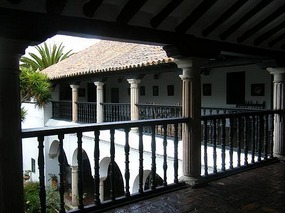
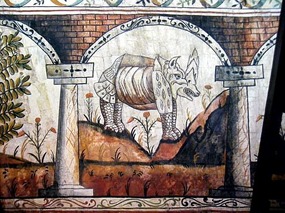
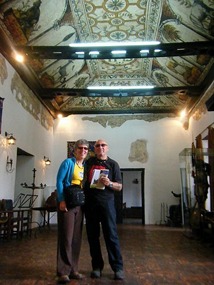
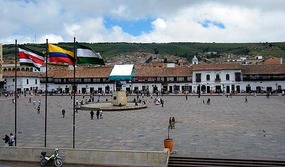
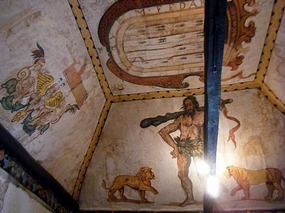
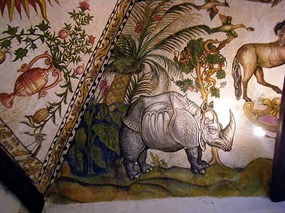
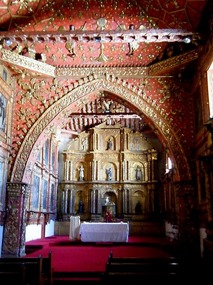
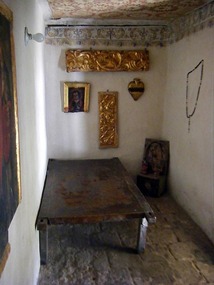
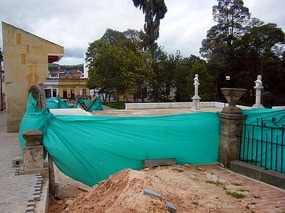
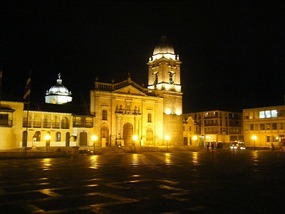




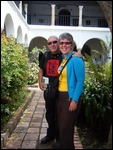
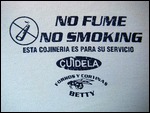

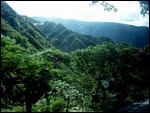
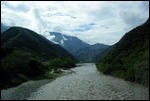
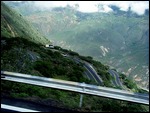

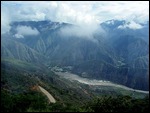
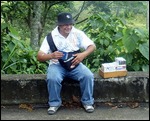
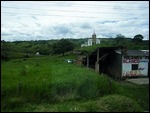

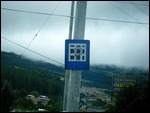
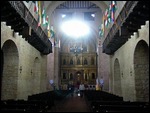
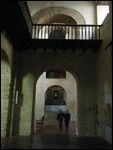
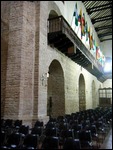
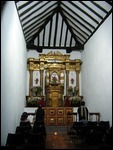

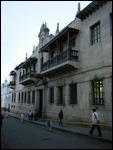
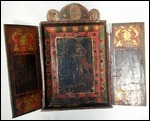

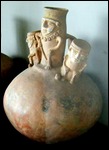
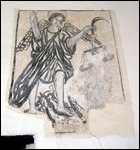
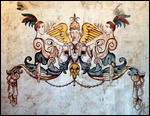
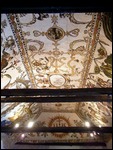
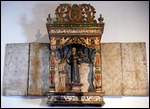
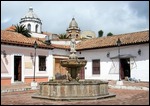
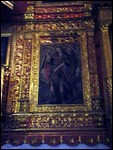
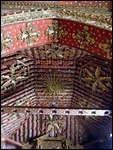
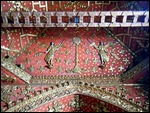
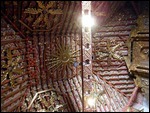
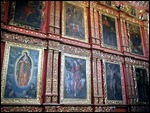

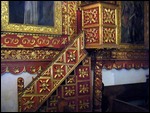

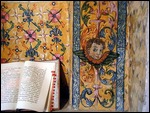

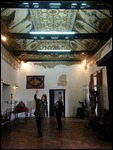

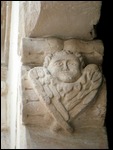
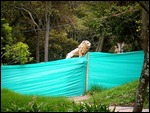
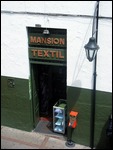
2025-05-22